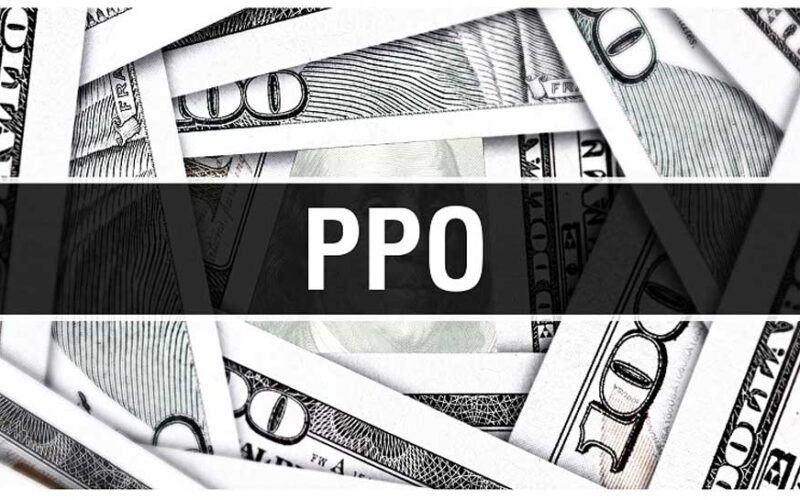For many dental professionals, negotiating PPO (Preferred Provider Organization) fee schedules is a crucial aspect of dental practice management. However, many dentists accept the first offer presented by insurance companies without realizing that these fees are often negotiable. Understanding the negotiation process can significantly impact your practice’s profitability and overall financial health.
If your practice is struggling with low reimbursements, or you’re unsure how to navigate PPO negotiations, this guide will help you secure better rates, increase revenue, and improve operational efficiency.
Understanding PPO Fee Schedules
What Are PPO Fee Schedules?
PPO fee schedules determine how much an insurance company reimburses a dentist for specific services. Each insurance provider sets its rates based on various factors, including market trends, regional cost structures, and negotiated contracts with providers.
These fee schedules vary from practice to practice based on location, specialty, and individual contract negotiations. If your rates are too low, your profit margins shrink, making it difficult to sustain your practice while providing high-quality care.
Why Are Negotiated Fee Schedules Important?
Negotiating a better PPO fee schedule has a direct impact on your bottom line. Here’s why:
- Higher Profit Margins– Improved reimbursement rates lead to higher revenue per procedure, making your practice more profitable.
- Reduced Financial Stress– Increased revenue helps cover operating expenses, payroll, and equipment costs.
- Improved Cash Flow– A stronger cash flow means better financial stability for your practice.
- Stronger Competitive Edge– Higher reimbursements allow your practice to reinvest in technology, marketing, and patient experience.
Step-by-Step Guide to Negotiating PPO Fee Schedules
- Analyze Your Current PPO Contracts
Before negotiating, review your existing PPO contracts to determine:
- Your current reimbursement ratesfor common procedures.
- Whether your practice is underpaidcompared to regional averages.
- Which PPOs contribute the highest and lowest revenue.
- If there are any contract clauses limiting negotiation options.
Pro tip: Create a spreadsheet to compare the reimbursement rates of different PPOs and identify areas for improvement.
- Identify Your Leverage Points
Insurance companies typically won’t offer better rates unless they see a reason to do so. Strengthen your position by highlighting:
- Your patient base– If you have a large patient volume, the insurance provider may be more willing to negotiate.
- Your market position– If your practice is the only provider in the area for a specific specialty, you have strong leverage.
- Your production levels– If you’re submitting a high number of claims, insurers will want to retain you.
- Your willingness to leave– Some insurance companies may improve reimbursements if they fear losing your practice from their network.
- Gather Market Data on Fee Schedules
To negotiate effectively, you need to know what other dental providers are being reimbursed in your area. While fee schedules vary by provider, resources like:
- The National Dental Advisory Service (NDAS) Fee Report
- Fair Health Consumer Database
- State Dental Associations
… can help you determine benchmark rates and ensure you’re not underselling your services.
- Develop a Negotiation Strategy
When approaching insurance companies, be prepared with a well-researched proposal. Follow these key steps:
- Prepare a Fee Increase Request
Your request should be professional and data-driven. Include:
- A list of your most frequently performed proceduresand their current reimbursement rates.
- A proposed new fee schedulebased on market averages.
- Justification for the increase (higher cost of operations, demand, regional trends, etc.).
- Focus on High-Value Procedures
Instead of requesting blanket increases, prioritize high-impact procedures (e.g., crowns, implants, extractions).
- Be Willing to Walk Away
If an insurance company refuses to negotiate, consider out-of-network options or reallocating PPO participation based on reimbursement rates.
- Engage in Direct Negotiations
Insurance companies won’t always agree to your first proposal. Be prepared for:
- Counteroffers– They may offer smaller increases or condition changes.
- Pushback– Expect insurers to claim that their fees are standardized (this is often untrue).
- Delays– It may take weeks or months to finalize negotiations.
Pro Tip: Negotiate with multiple PPOs simultaneously. If one provider improves your fee schedule, you can use that as leverage with others.
- Optimize Your PPO Participation
Sometimes, the best way to increase profitability is to drop low-paying PPOs. Ask yourself:
- Does this PPO bring in enough revenue?
- Are we losing money on their fee schedule?
- Would we be better off switching to fee-for-service (FFS) or a different PPO?
Many dental practices increase their revenue by limiting participation in low-reimbursement PPOs and focusing on higher-paying options.
- Use a PPO Negotiation Service (If Needed)
If you’re struggling with direct negotiations, professional PPO negotiation services can help. These firms have insider knowledge and can leverage bulk negotiations across multiple practices to improve your rates.
Popular PPO negotiation services include:
- Five Lakes Dental Practice Solutions
- Unlock the PPO
- Unitas Dental
These services can save time and increase the chances of successful negotiations.
Final Thoughts
Negotiating better PPO fee schedules is one of the most effective ways to increase profitability and improve dental practice management. By understanding your leverage, gathering market data, and engaging in strategic negotiations, you can boost your practice’s revenue without increasing patient volume.
Key Takeaways:
✅ Review your current PPO contracts and identify underpayments.
✅ Leverage your market position, patient base, and production volume.
✅ Research industry benchmarks to justify higher reimbursements.
✅ Prioritize fee increases on high-value procedures.
✅ Be persistent and willing to drop low-paying PPOs if necessary.
✅ Consider using professional PPO negotiation services for additional support.
A well-negotiated PPO fee schedule can mean the difference between a struggling and thriving practice. Take the time to negotiate effectively, and your bottom line will thank you.










